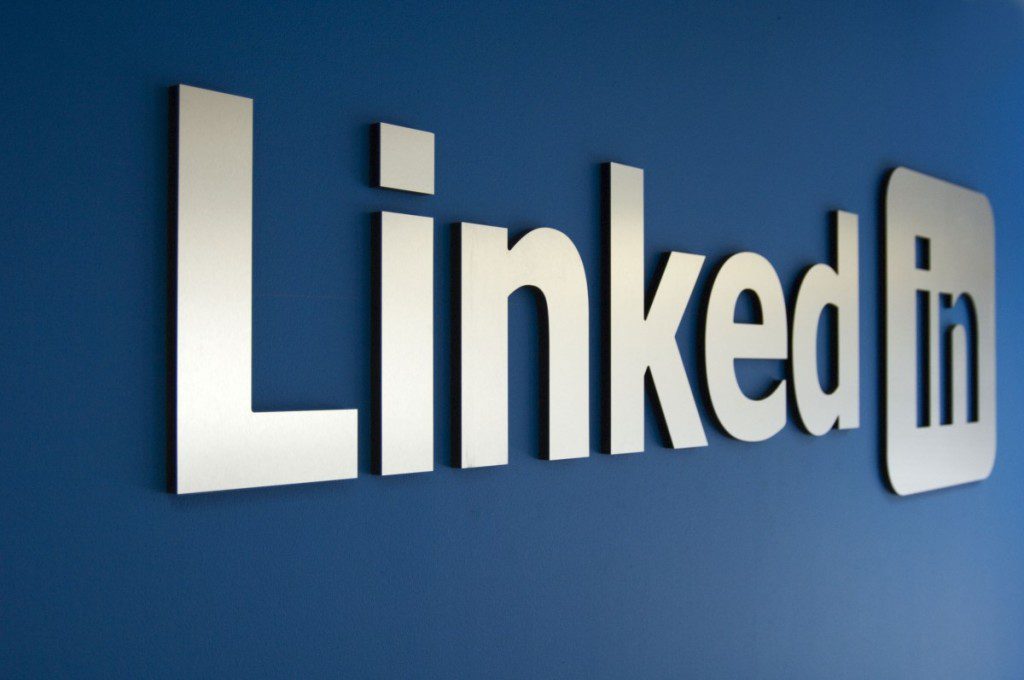What sets the best companies apart from the average ones is their employees. Good people lead to good companies—and financial success. Knowing this, it’s obvious that sourcing and recruiting talent is not something you can leave to chance, or worse, to outdated recruiting methods that value quantity of candidates over quality. How do you find that perfect candidate in a sea of names?
The quantity vs. quality problem is one that many recruiters have, and that’s why many of them are turning to LinkedIn over recruiting companies or sites like Monster.com. In fact, a CareerXRoads study found that LinkedIn was the platform for twice as many hires as Monster in 2014, and an infographic by Herd Wisdom reports that 89% of recruiters said they’ve used LinkedIn to bring someone on board in the past (both cited by JP Medved in “Advanced Tips for Recruiting on LinkedIn“).
LinkedIn is a powerful platform, and knowing how to use it can help you reverse the traditional recruiting dynamic: instead of getting a flood of applications from unqualified candidates, you can do your own sourcing that allows you to laser-focus on the people who are truly right for your business. Here’s how you can get started.
Have a Company Profile
A well-made company profile is an opportunity to give potential candidates a sense of what you’re about. Treat your profile like a landing page on your website. Outfit it with job postings, blog posts, videos, links to social media, employee testimonials—anything that will pique a potential candidate’s interest enough to get in touch with you.
Leverage Your Own Network
Using your own established network is a great way to start fielding a collection of candidates. You can do this by combing through your own network. A few simple search tricks can help you narrow your choices down to the best candidates among your connections.
Don’t just search for job-related keywords. Medved suggests using the advanced search options to find candidates by industry, location, education, and work history. There are even more options to help you fine-tune your search if you opt for a paid subscription with LinkedIn. (More on that later.) Use the tag feature to “categorize your connections in any way you want” and pull up a relevant group of connections, advises Medved.
As an additional resource, ask your current employees to reach out to their own networks for attractive candidates. Your team members are in the trenches everyday, and they’re likely to know someone who would mesh perfectly within the existing structure in terms of skill set and cultural fit.
 Using LinkedIn to source and recruit candidates can give you more control over your hiring process.
Using LinkedIn to source and recruit candidates can give you more control over your hiring process.Take Advantage of Self-Selecting Communities
LinkedIn is home to some of the biggest interest groups on the internet. Look for communities related to your industry and join up with them. Searching within communities has two benefits: 1) You’ll be able to see (from their frequent engagement) who is deeply involved in your industry—in other words, who’s an up-and-coming influencer. 2) You can run a search within the group and reach out to prospects you find there, even if you’re not directly connected to them.
“Cut down on recruitment costs and do your own recruiting efficiently and on your own terms.”
People don’t generally join and participate in a LinkedIn group unless they’re truly passionate about and invested in what they do—a telltale sign that someone is going to be or already is a top performer in the field.
Spring for Paid Options
Having a free LinkedIn account gives you access to an incredible array of recruitment tools, but it’s worth investing in an upgrade if you want the best of the best. The LinkedIn Recruiter service for example greatly expands your options. You’ll be able to fine-tune your searches even further, create personalized mass emails, use advanced analytics to track the success of your recruitment campaign, and much more.
Consider that when a traditional recruitment agency finds you a candidate that you want to hire, they will charge you a considerable percentage of the new employee’s salary. Paying the premium fee for the quarter will cut down recruitment costs and allow you to do your own recruiting efficiently and on your own terms.
Not hiring frequently? Consider the Recruiter Lite plan, Work With Us ads, Job Slot listings, or another of LinkedIn’s talent solutions.
What You Can Do Right Now
LinkedIn is a powerful tool for recruiting—and even attracting interested candidates to you. Here’s what to do today to start getting the most out of this network.
- Start with your own LinkedIn network. Tag your connections to organize them by industry or skill set, then sort and reach out to those in the most relevant categories for recommendations.
- Make sure your company profile is enticing. Keep it up to date and full of interesting content that showcases your company’s unique personality. Don’t forget to list any openings!
- Use advanced search options like industry, location, education, and work history to narrow your results.
- Scout out groups. See who’s most active (and articulate) to discover passionate candidates. Run a search within the group and contact likely candidates that turn up.
- Look into LinkedIn’s paid plans to determine whether an upgrade makes sense for your recruitment needs.
- 5 Reasons Why Cloud Solutions are Essential for Small Business - February 4, 2024
- How to Migrate Your Business to the Cloud in 7 Steps - June 16, 2021
- How Beacon Technology is Revolutionizing Business and Marketing - March 18, 2021



